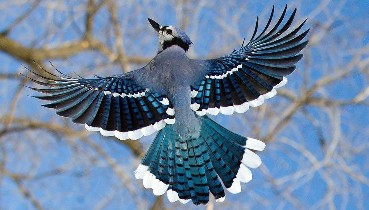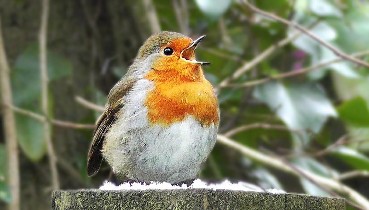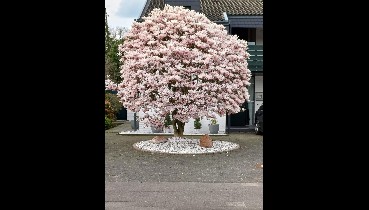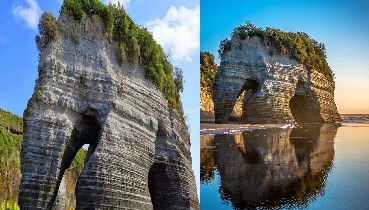

Adaptation in Action: 6 Remarkable Animals That Change Color in Winter
As the seasons transition and nature weaves its intricate tapestry, animals respond to the changing environment in diverse and fascinating ways. Migration, hibernation, and food storage are well-known adaptations to the shifting rhythms of the natural world. However, there is another mesmerizing phenomenon that occurs when winter descends – the transformation of an animal’s coat color. Here are six extraordinary creatures that undergo a stunning metamorphosis as they prepare for the frosty embrace of winter.
1. Weasels: Masters of Camouflage
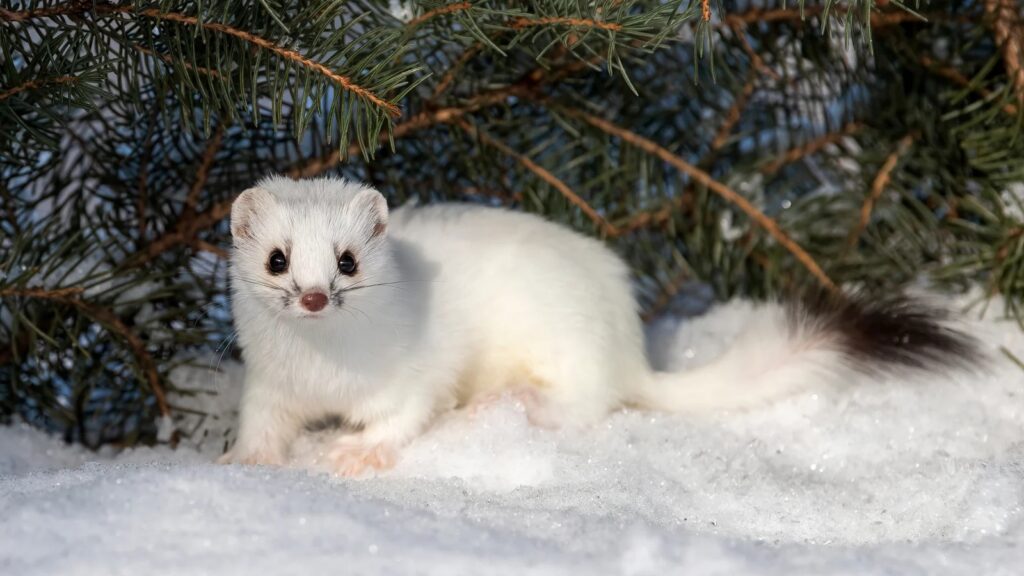
Found in woodlands around the world, weasels are agile predators that exhibit a unique winter transformation. Among the weasel species in the Northern Hemisphere, including the least weasel, long-tailed weasel, and short-tailed weasel (stoat), a remarkable change occurs. The short-tailed weasel, for example, transitions from a summer coat of reddish-brown fur to a winter ensemble of pristine white. This transformation is a strategic adaptation, providing the weasel with the perfect camouflage against snow-covered landscapes, enabling them to stalk prey and elude predators.
2. Arctic Foxes: Blending into the Tundra
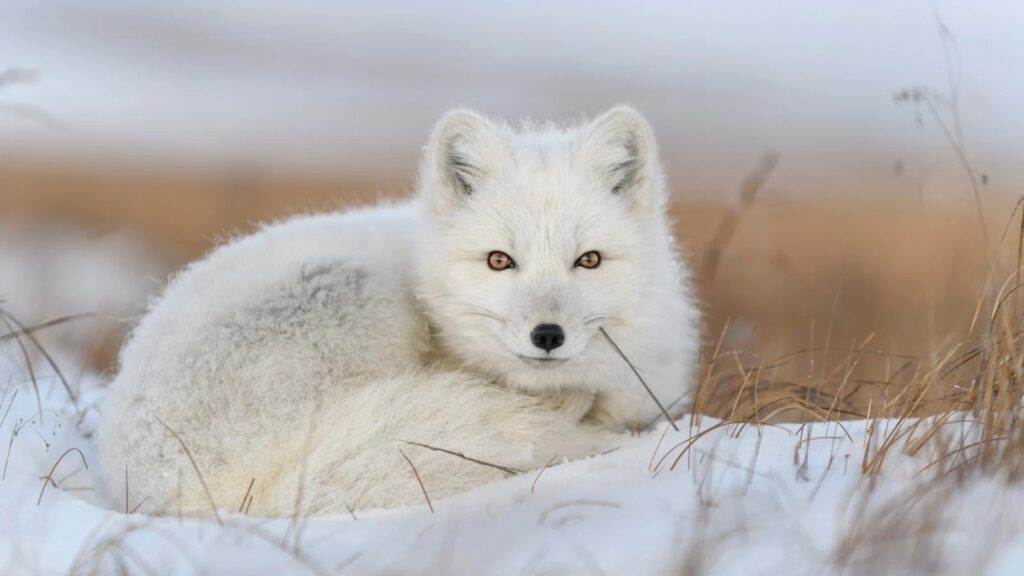
In the unforgiving Arctic tundra, where temperatures plummet and summer is fleeting, Arctic foxes (Vulpes lagopus) showcase a breathtaking change in fur color. Their short, thin, light-gray fur of summer transitions into a dense, white coat that harmonizes with the snowy expanse. This not only camouflages the foxes against the icy backdrop but also provides essential insulation during the harsh winter months.
3. Hares: Nature’s Winter Illusionists
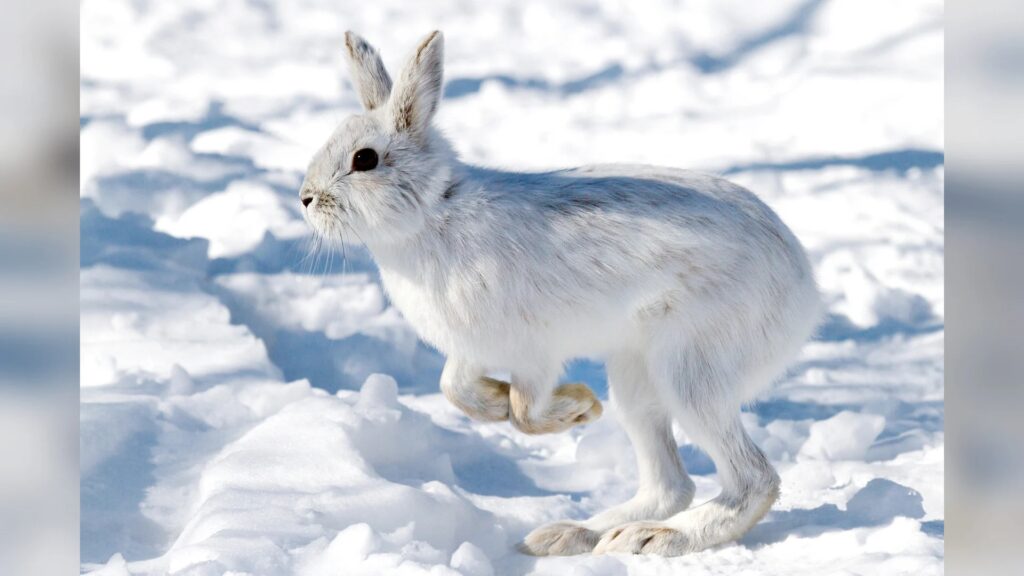
Among the multitude of hare species, a select few engage in a captivating winter transformation. The snowshoe hare, Arctic hare, and mountain hare are among the chosen ones. The snowshoe hare, for instance, adeptly shifts from a dark-gray-and-brown fur coat in warmer months to a winter white, seamlessly disappearing into the snow-covered landscape.
4. Ptarmigans: Feathered Feet in the Snow
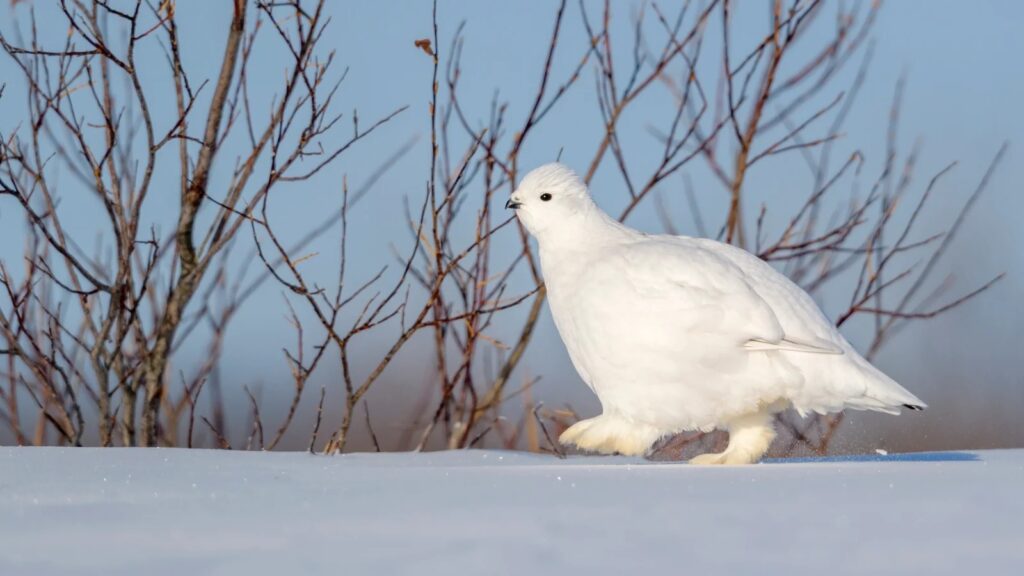
Ptarmigans, small birds inhabiting regions from the Arctic tundra to boreal forests, employ a winter color change to navigate snowy terrains. The rock ptarmigan, white-tailed ptarmigan, and willow ptarmigan transition from dark-brown plumage to a snow-white camouflage. Notably, male rock ptarmigans retain their white coats beyond winter, using them to court females until midsummer.
5. Russian Dwarf Hamsters: Winter Whites

In the grassy fields of Kazakhstan, northern China, and Russia, the charming Russian dwarf hamsters make their homes. As temperatures drop and days shorten, these hamsters undergo a striking transformation from thin, dark fur to a thick, white coat. Interestingly, in captivity, their fur may not change as the artificial light doesn’t mimic the shorter winter days.
6. Peary Caribou: Arctic Elegance

Exclusive to the Canadian Arctic archipelago, the Peary caribou possesses a dual-layered fur strategy. Their white fur, complemented by slate-gray backs that transition to a fair brown in summer, offers insulation against the biting cold. This adaptation enables them to navigate the snow-covered landscape, foraging for grass and moss in their Arctic habitat.
These tales of winter adaptation unveil the ingenious ways in which animals navigate the challenges of the changing seasons. From blending seamlessly into snowy landscapes to embracing a winter wardrobe, these creatures showcase the marvels of nature’s evolutionary artistry. As winter’s icy grip tightens, these animals stand as living testaments to the resilience and resourcefulness inherent in the diverse tapestry of the animal kingdom.
Recommended Videos
 The Honduran white bat (Ectophylla alba)..11446 views
The Honduran white bat (Ectophylla alba)..11446 views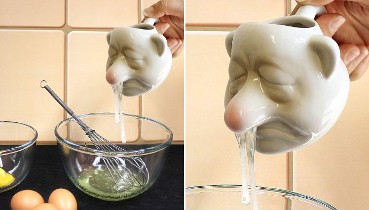 82 Funny, Adorable, And Weird Mugs57 views
82 Funny, Adorable, And Weird Mugs57 views-
Advertisements
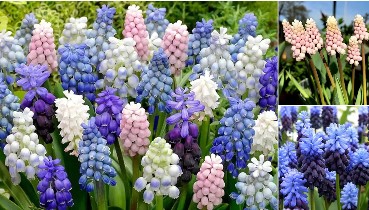 The colorful and fragrant blooming of Muscari flowers.100 views
The colorful and fragrant blooming of Muscari flowers.100 views Fairy Slipper Orchids, aka Calypso Orchid.....love the translucent lip.162 views
Fairy Slipper Orchids, aka Calypso Orchid.....love the translucent lip.162 views The 14,000-year-old ice age village discovered is 10,000 years older than the pyramids249 views
The 14,000-year-old ice age village discovered is 10,000 years older than the pyramids249 views Hundreds of Well Preserved Prehistoric Animals have been Found in an Ancient Volcanic Ashbed in Nebraska62 views
Hundreds of Well Preserved Prehistoric Animals have been Found in an Ancient Volcanic Ashbed in Nebraska62 views Snowy Owl: after 130 years, a specimen of the species appears.344 views
Snowy Owl: after 130 years, a specimen of the species appears.344 views 20 People Who You Won’t Believe Actually Exist3287 views
20 People Who You Won’t Believe Actually Exist3287 views
